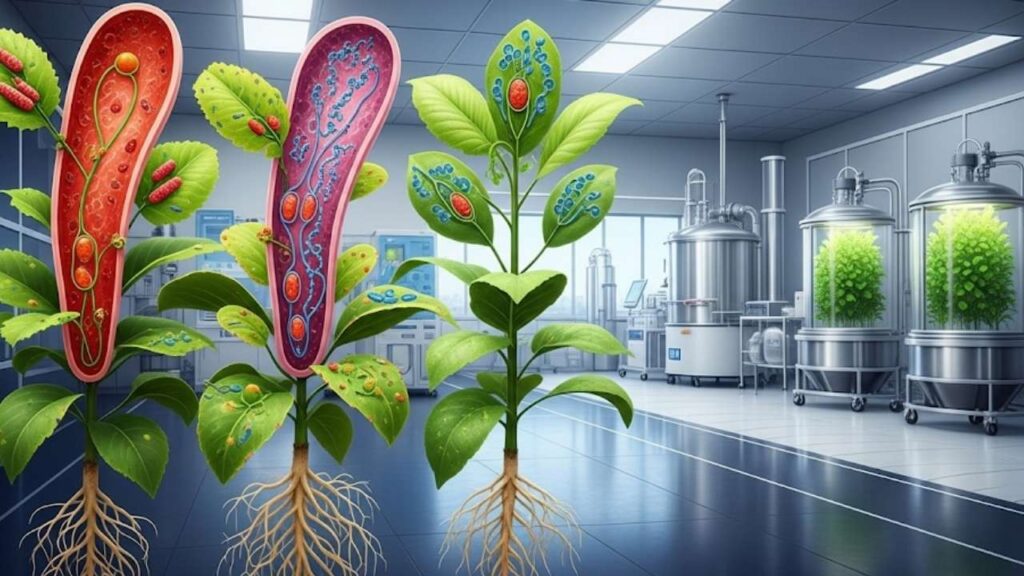The idea that building materials could help solve climate change might surprise you. Yet cutting-edge research shows that new building materials designed to store carbon dioxide (CO₂) could capture and lock away up to 16.6 billion tonnes of CO₂ every year—nearly half of the global CO₂ emissions produced by human activities in 2021. This remarkable potential suggests that the very bricks, concrete, asphalt, plastics, and wood we build with every day could become some of the most powerful tools in combating climate change.
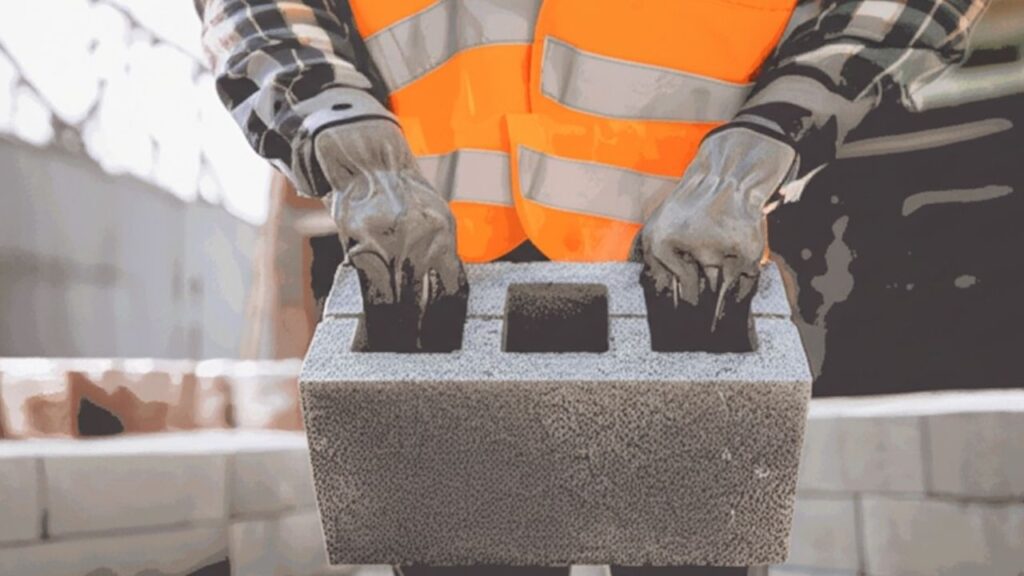
Imagine if the structures and infrastructure around us not only held up our homes, roads, and offices but also actively trapped harmful CO₂ from the atmosphere for decades or even centuries. This article will explain how these materials work, why their impact could be profound, and what it means for the future of construction, environmental sustainability, and climate action.
Table of Contents
New Building Materials Could Store 16 Billion Tonnes of CO₂
| Aspect | Details |
|---|---|
| Potential CO₂ Storage | Up to 16.6 ± 2.8 billion tonnes annually |
| Equivalent Emissions Offset | Nearly 50% of global anthropogenic CO₂ emissions in 2021 |
| Materials Involved | Concrete, bricks, asphalt, plastics, wood enhanced with biochar, carbonate cements, living materials |
| Innovative Technologies | Carbon-rich aggregates, biochar fillers, carbonate-based cements, bacterial “living” materials |
| Career/Professional Impact | Rising demand for environmental engineers, material scientists, green construction specialists |
| Official Resource | Van Roijen et al., Science Journal (2025) |
Transforming conventional building materials into carbon-storing alternatives offers a promising, transformative climate solution. By using the very fabric of our built environment to capture and store enormous quantities of CO₂—up to 16.6 billion tonnes annually—this innovation could reshape the future of sustainability, construction, and climate action.
Achieving this vision will require collaboration across industries, governments, researchers, and builders to overcome market barriers, build supply chains, and establish standards. As these materials gain wider acceptance, the construction sector can evolve from a major carbon emitter into a powerful ally in fighting climate change, securing a healthier planet for generations to come.
Introduction: Building Materials as Carbon Storage Solutions
Every year, humanity produces over 30 billion tonnes of construction materials, such as concrete, brick, asphalt, plastics, and wood. Traditionally, these materials have been responsible for significant carbon emissions during their production, processing, and use. However, recent research led by Elisabeth Van Roijen and her team at the University of California, Davis and Stanford University has uncovered a revolutionary possibility: by modifying the ingredients and manufacturing methods slightly, these materials can act as carbon sinks, absorbing and permanently storing CO₂ instead of releasing it.
Their study, published in Science in 2025, shows that if all new infrastructure used these CO₂-storing materials, we could sequester about 16.6 billion tonnes of CO₂ each year, equivalent to roughly half of all global anthropogenic CO₂ emissions in 2021. This breakthrough means we can leverage the enormous scale and longevity of buildings—which often stand for decades or longer—as durable carbon reservoirs.
How Do These New Building Materials Store Carbon?
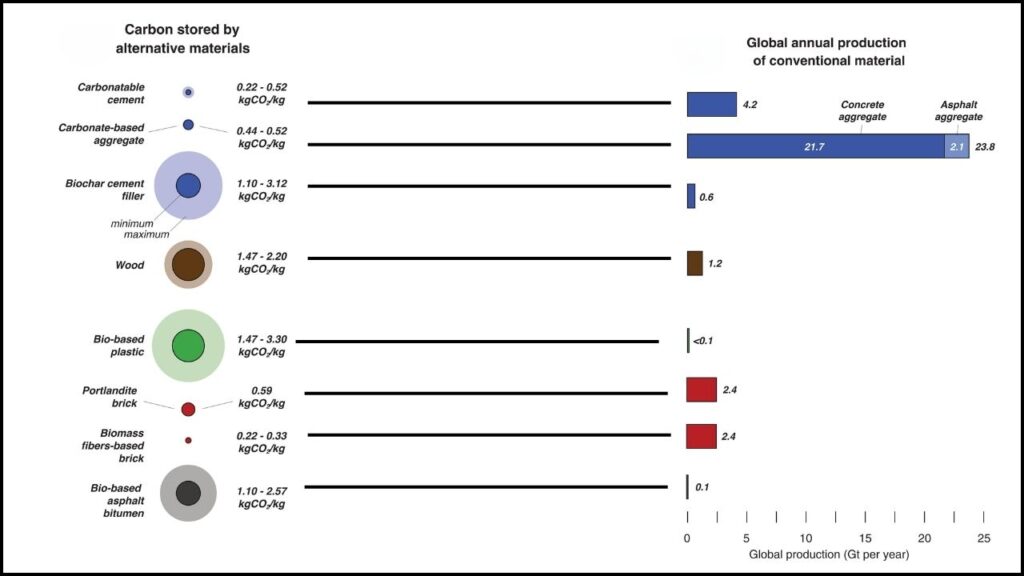
1. Carbon-Rich Aggregates and Fillers
A primary method is to incorporate carbon-rich substances like biochar—a stable form of charcoal created from agricultural or forestry biomass—into concrete, bricks, and other construction materials. Biochar can trap carbon chemically in a stable form, effectively locking CO₂ in the building material for many decades.
For example, mixing biochar into cement at about 15% by weight uses agricultural residues effectively while boosting the carbon storage capacity of the final product significantly.
2. Carbonate-Based Cements and Aggregates
Some innovative concretes use minerals such as magnesium oxide cement or dunite, which chemically bind CO₂ through a natural process called carbonateation. This process converts CO₂ into solid carbonate minerals embedded permanently within the concrete matrix, preventing release back into the atmosphere.
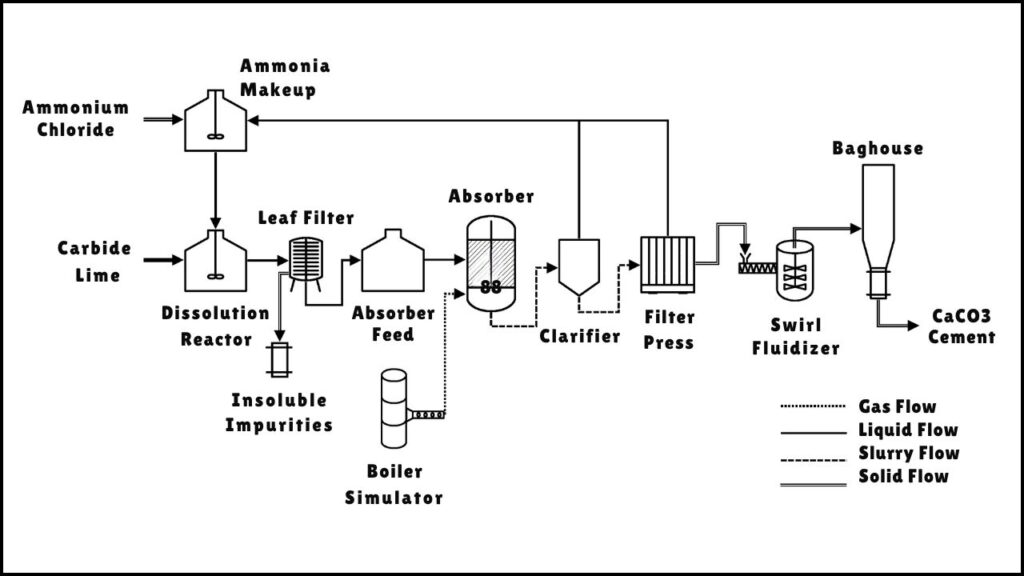
3. Living Building Materials
Pioneering work from research centers like ETH Zurich has developed living building materials by embedding photosynthetic bacteria inside hydrogels used in construction. These bacteria actively absorb CO₂, grow, and precipitate mineral carbonates, effectively locking carbon inside the material over long periods.
4. Bio-Based Plastics and Asphalt
Carbon storage is also possible in bio-based plastics and bio-based asphalt bitumen. While production volumes are currently lower than traditional materials, increasing the use of bio-based components could contribute a sizeable additional amount to overall CO₂ sequestration.
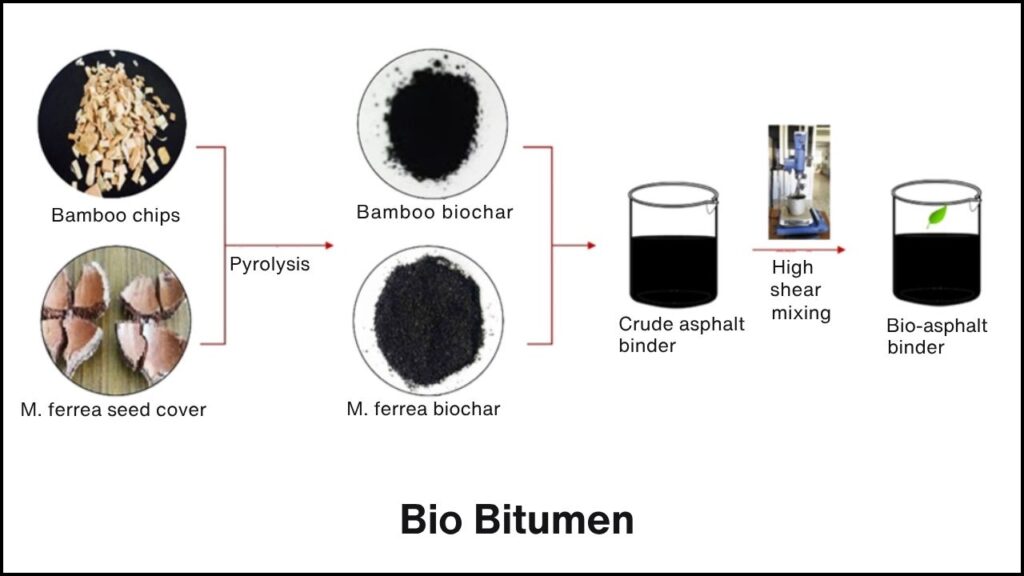
Why Is This Important for Climate Change?
What makes this innovation truly game-changing is the scale and durability. The construction industry uses materials in volumes that no current carbon capture technology can match. Traditional carbon capture methods—like underground geological storage or ocean injection—often face significant logistical challenges, high costs, and environmental risks.
By integrating carbon storage into essential, everyday building materials, this technology can:
- Transform the construction sector from a major carbon emitter into a carbon sink.
- Provide long-lasting carbon sequestration, as buildings can stand intact for decades or even centuries.
- Reduce dependence on high-cost and risky carbon storage methods.
- Support a circular economy by converting waste biomass into stable carbon stored in buildings.
Elisabeth Van Roijen explained that the total carbon stored depends more on the global demand and volume of materials used than the carbon content per unit mass. Since infrastructure demand is rising worldwide, the carbon reservoir stored in building materials is expected to grow accordingly.
Practical Guide: Using Carbon-Storing Building Materials Today
For Builders and Developers
- Seek suppliers offering biochar cement and carbonate-based concrete certified for performance.
- Collaborate with material scientists expert in carbon-sequestering technology to integrate these materials safely.
- Engage with pilot projects and early adopters to understand performance, cost benefits, and logistics.
For Architects and Designers
- Specify carbon-storing bricks and concrete in material selections when planning buildings.
- Design for material longevity to maximize carbon storage over the life of the structure.
- Explore integrating living materials with bacterial carbon capture for innovative construction elements.
For Policymakers and Regulators
- Provide incentives such as grants, subsidies, and tax breaks to encourage production and use of carbon-storing materials.
- Support research into scale-up and supply chains for biochar and carbonate aggregates.
- Develop standards and certification programs for carbon storage performance in building products.
For Researchers and Innovators
- Continue refining bio-based materials and living building components for durability and cost reduction.
- Study and optimize supply chain sustainability for critical input materials.
- Develop robust monitoring and verification systems for long-term carbon storage in the built environment.
Challenges and Barriers to Widespread Use
Despite its promise, several challenges remain:
- Market hesitation: Builders and developers may be wary of new materials due to concerns about durability, warranty, liability, or unfamiliarity.
- Supply limitations: The availability of sustainable and cost-effective sources of CO₂-binding minerals and biochar is still developing.
- Monitoring: Tracking exactly how much carbon stays sequestered over the life of a building requires uniform, tested monitoring methods.
- Cost considerations: Currently, carbon-storing materials may come at higher upfront costs, though these are expected to decline as adoption grows and technologies mature.
Addressing these obstacles will require coordinated efforts across industry, government, and academia to build confidence, scale supply chains, and establish policies that promote adoption.
Carbon-Zero Aircraft—Coventry University and the UK’s Path to Zero-Emission Aviation
Reusable Future for Carbon Fibre Composites Unlocked by New Method
FAQs About New Building Materials Could Store 16 Billion Tonnes of CO₂
Q1: How exactly do building materials store CO₂?
They chemically bind CO₂ into stable minerals or organic carbon compounds embedded inside the materials, preventing the CO₂ from escaping back into the atmosphere.
Q2: Can any building material be made carbon-storing?
Not all—but widely produced materials like concrete, bricks, asphalt, plastics, and wood can be modified or combined with bio-based components to increase their carbon storage potential.
Q3: Are these carbon-storing materials already in use?
Several types, such as biochar cement and carbonate-based concrete, are already available on limited scales. Living materials with bacteria are in developmental pilot stages. Widespread adoption is still emerging.
Q4: How long does the carbon stay locked in?
Carbon can remain stored safely for decades to centuries, especially if the building remains intact and well-maintained.
Q5: Will these materials make construction more expensive?
Currently, costs are somewhat higher but expected to fall with scaling technology and production. Environmental benefits and potential carbon credits may offset the price increases.


